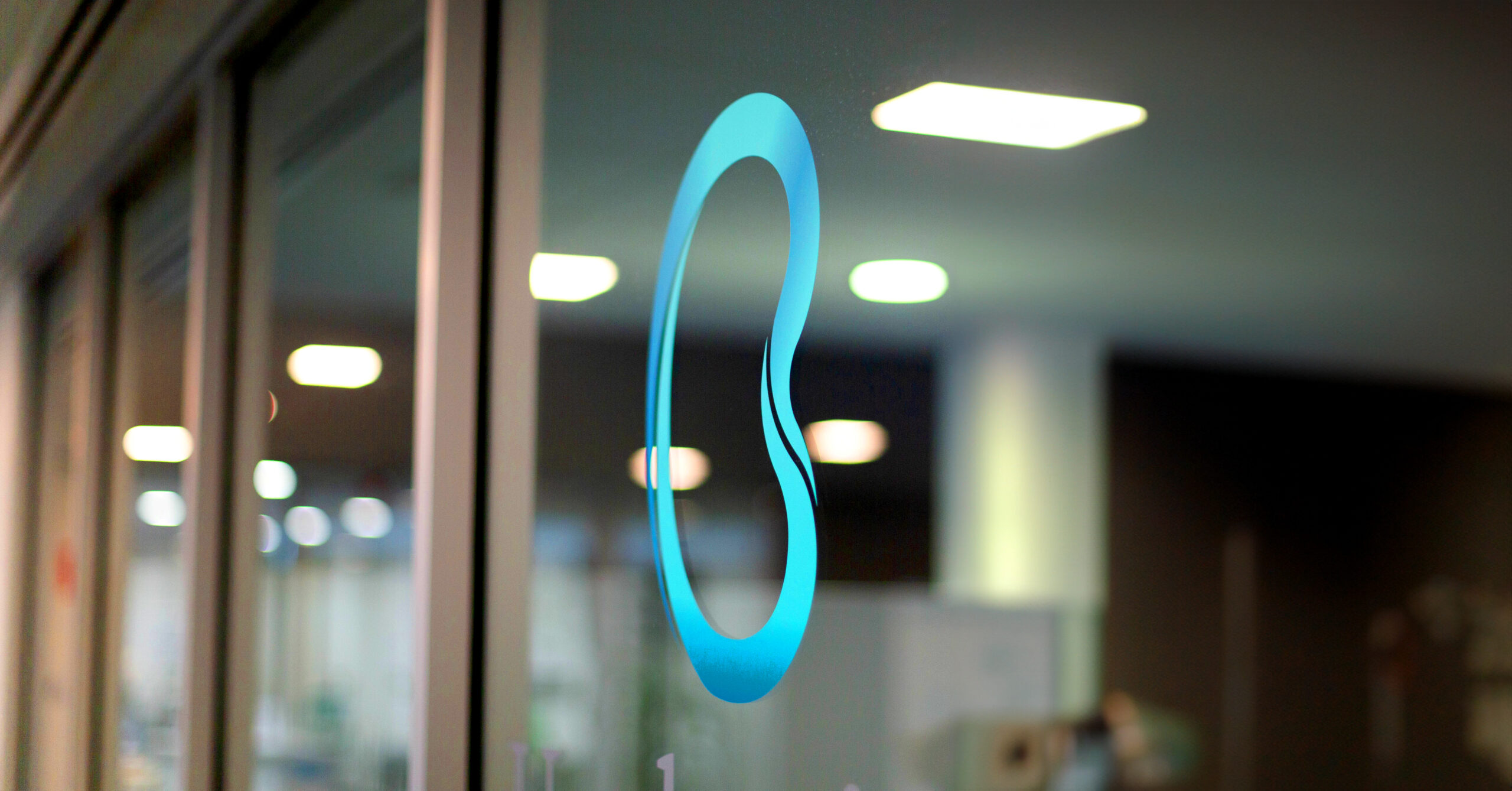
How to catheterise yourself
This guide is intended to be used as an aid to intermittent clean self catheterisation. Your doctor or nurse will have already shown you how to perform the procedure and we hope you can find the following information a helpful reminder.
The following is a simple procedure you can perform to empty your bladder. A small, clean tube, called a catheter is passed up the urethra into the bladder to allow the urine to drain. The doctor or nurse will tell you how often to do this each day.
This will:
- Give you control over your bladder and help to keep you comfortable and dry.
- Help reduce the risk of infection by ensuring the bladder is emptied at regular intervals.
- Promote independence, privacy and freedom.
What do I need?
- A catheter—your nurse or doctor will advise you which catheter you should use.
- Something to clean yourself with e.g. a wash cloth with mild soap and water, or cleansing wipes.
- Something to lubricate the catheter with e.g. a water soluble gel like glycerine or KY gel.
- Something to drain the urine into i.e. the toilet or a clean container e.g. ice cream container.
- Container for storage of catheters e.g. lunch box.
What do I do?
- Gather everything together, i.e. catheter, wash cloth, towel, lubricant and container.
- Wash your hands with soap and water and assume a comfortable position on the toilet or on your bed. If in bed, you may find it beneficial to place a towel under your hips to protect the bedding.
- Wash your genital area with a cleansing wipe or soap and water.
If uncircumcised draw back the foreskin and wash (see Figure 1 in PDF fact sheet). - Apply the water soluble lubricant to the end of the catheter.
Take care in not touching the end of the catheter with your hands. - Use your non-dominant hand to hold the penis at an angle to your body (see Figure 2 in PDF fact sheet).
- Use your dominant hand to gently and slowly insert the catheter into the urethra. Allow the urine to drain into the toilet or clean container (see Figure 3 in PDF fact sheet).
- Hold the catheter in place, until urine flow stops. Slowly rotate the
catheter as you withdraw it to help completely drain your bladder. - After removing the catheter, wash it in warm soapy water and rinse it clean.
Some helpful hints
- Drink about 1.5 Litres of fluid a day. This helps to keep you bladder clean and infection free.
- Never force the catheter. Sometimes you may feel some resistance while introducing the catheter. This could be due to;
– The need for more lubricant.
– The sphincter muscles at the base of the bladder spasming. If so, take some deep breaths, relax and try again. Take notice of your urine. Is it cloudy or offensive in odour? Do you experience pain or burning while inserting the catheter? Do you have a fever or feel unwell? If so, you may have a bladder infection and you should contact your doctor. - If no urine comes out, make sure the catheter is in the right place and in far enough. If there is still no urine flow, gently pull the catheter back a short distance. If still no urine drains, contact your doctor.
- Occasionally you may see blood in the urine or on the catheter. There is no need for concern if it is only a few spots. If bleeding persists or increases, you will need to speak to your doctor.
Cleaning your catheters
- Clean your catheter after each use.
- Clean your catheter in warm, soapy water and rinse clean with flowing water, paying attention to the eye of the catheter.
- Allow the catheters to air dry before placing them in a clean sealed container.
- Always inspect your catheter for signs of wear or damage, if so, use a new one.
- Change your catheter each week or if there is any sign of infection.